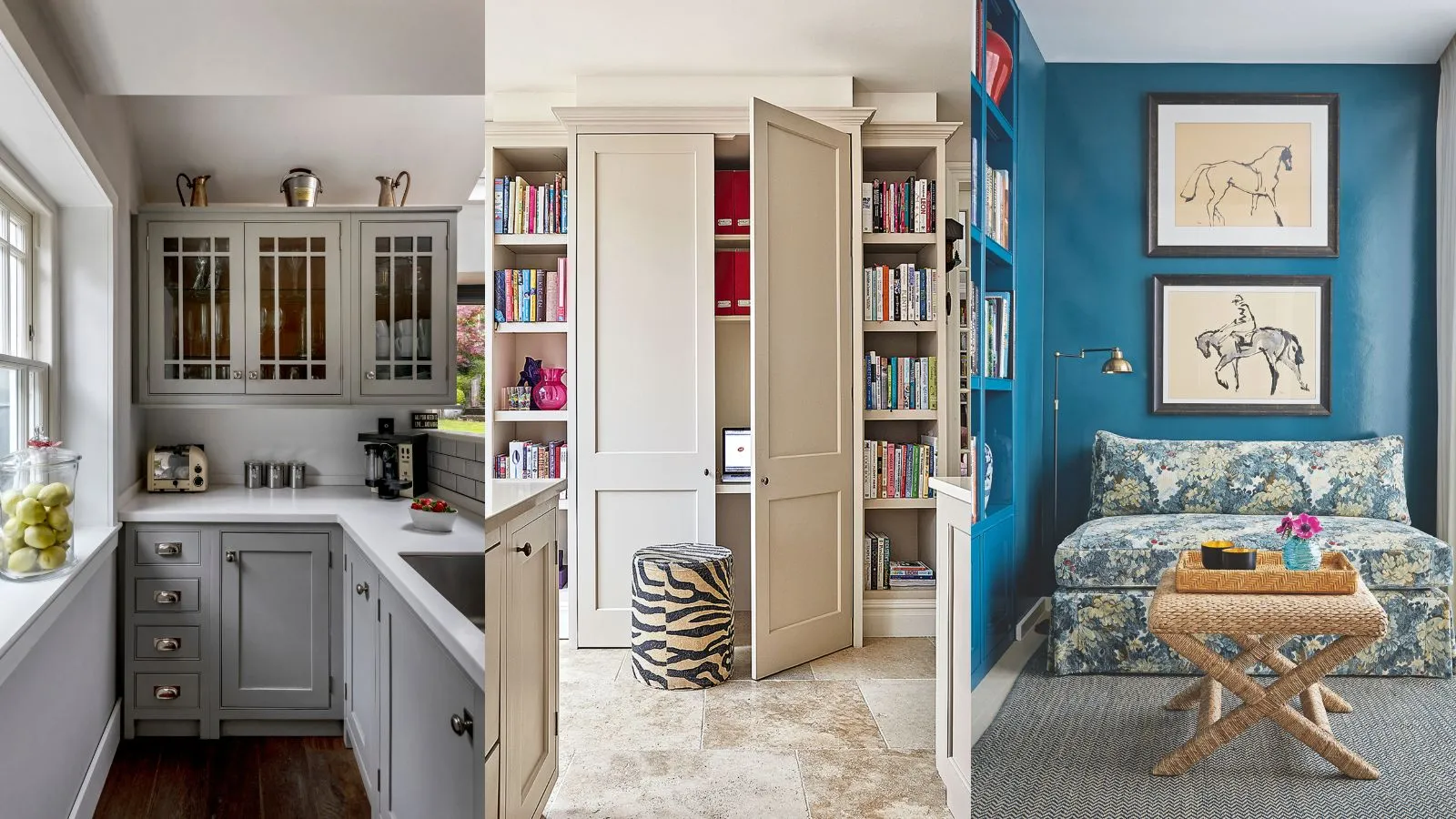Are you looking to give your living room an updated appearance? Consider adding statement pieces as eye-catchers that will transform it into an eye-catching showpiece and bring compliments from all corners.
However, when adding statement pieces into your design scheme there are a few key things you should bear in mind when adding statement pieces – failing to do so could leave your room looking over-the-top and overly bright! If these guidelines are disregarded it could end up leaving it looking chaotic!
1. Choose a Focal Point
Selecting a focal point is an essential component of interior design. Your eyes should naturally gravitate to this location when entering any given room and it can serve to highlight your best features while unifying a cohesive aesthetic.
Establish the mood and atmosphere in your room by selecting a focal point that reflects both you and your style. Be it an art piece, an accent wall feature or something else entirely; find something that speaks to you personally!
One effective way to add an eye-catching focal point into your living room design is with an accent wall. This feature can take the form of bold paint color, eye-catching wallpaper patterns or something else eye-catching that attracts the eye.
2. Think Outside the Box
When it comes to adding statement pieces into your living room design, think outside the box. This doesn’t mean breaking any compositional rules; rather, try something unique to stand out.
Start by seeking advice from people you don’t know as well – their ideas for adding statement pieces may surprise you!
Engaging a multidisciplinary group of professionals from different backgrounds and experience areas is particularly effective when faced with an intimidating design challenge. Your team will then be better able to evaluate all sides of the problem, which should enable it to approach it more comprehensively.
3. Don’t Be Afraid to Mix It Up
Living rooms are often the focal point of homes, where guests and family gather. As such, it is vital to give this room careful consideration in terms of both design and function.
One effective strategy to do so is by including key pieces into your design – such as your sofa – which gives you the chance to display finely-made furniture pieces.
Your rug selection should also be an important design decision, so choose something large enough to fill the entire floor space without making you feel cramped. A general guideline would be to stay away from smaller rugs which can look choppy compared with something larger and more elaborate.
Consider lighting options when decorating your living room. Utilizing multiple light sources will help the space feel more open and welcoming.
4. Don’t Overdo It
Unintentionally, too many statement pieces can find their way into your living room design. Bright hues or kitschy decorations might tempt you, but this could end up looking over-accessorized and tacky in your space.
Stick with classic styles, selecting one piece of furniture or decor – such as a sofa – with an eye-catching style and letting the rest of the room act as its support system.
Too much lighting can leave a room feeling overbearing; so opt for simple options as focal lighting to avoid this effect.
Art is another fantastic way to add personality and spark your living room design, but make sure it truly speaks to who you are as an individual.




